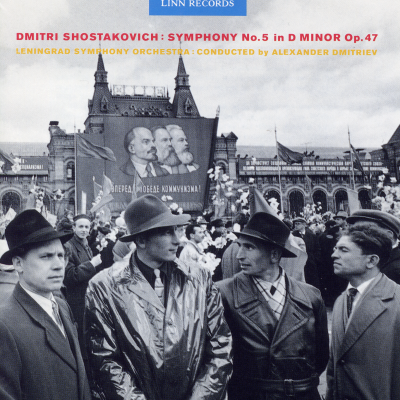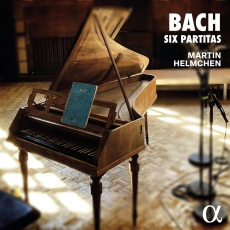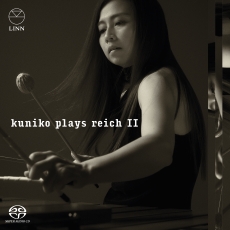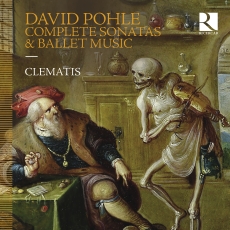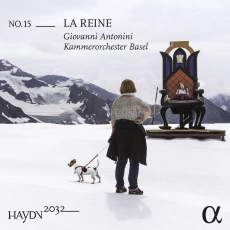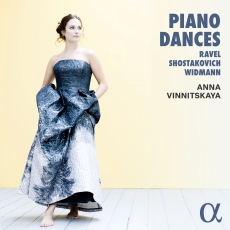Shostakovich: Symphony No. 5 in D Minor, Op. 47
Shostakovich: Symphony No. 5 in D Minor, Op. 47
Choose quality
CD Quality FLAC
- CD Quality ALAC
- MP3
- Symphony No. 5 in D Minor, Op. 47: I. ModeratoComposer(s) Dmitri ShostakovichArtist(s) Alexander Dmitriev
Symphony No. 5 in D Minor, Op. 47: I. Moderato
14:18$5.75 - Symphony No. 5 in D Minor, Op. 47: II. AllegrettoComposer(s) Dmitri ShostakovichArtist(s) Alexander Dmitriev
Symphony No. 5 in D Minor, Op. 47: II. Allegretto
05:09$1.80 - Symphony No. 5 in D Minor, Op. 47: III LargoComposer(s) Dmitri ShostakovichArtist(s) Alexander Dmitriev
Symphony No. 5 in D Minor, Op. 47: III Largo
13:54$5.50 - Symphony No. 5 in D Minor, Op. 47: IV. Allegro Non TroppoComposer(s) Dmitri ShostakovichArtist(s) Alexander Dmitriev
Symphony No. 5 in D Minor, Op. 47: IV. Allegro Non Troppo
09:48$4.00
Total running time: 43 minutes.
Album information
A powerful performance of Shostakovich's fifth symphony by Russia's foremost orchestra, recorded live at City Halls, Glasgow in 1990.
Shostakovich completed his 5th Symphony in three months in 1937 and it was first performed in the winter of that year to instant acclaim. In writing it, the composer returned to the symphonic tradition that had provided the base for his 1st Symphony while retaining some of the features of ‘abstract experimentation' which he had explored in the three succeeding symphonies.
There has been much debate as to the meaning of the 5th Symphony. It has been seen as a work designed to placate the Soviet authorities after attacks on earlier works for their alleged anti communist spirit. In giving the Symphony the subtitle A Soviet Artist's Practical Creative Reply To Just Criticism, Shostakovich would appear to support this view. More likely however, is that the still dissident artist felt that, in paying lip service to the wishes of the authorities, his work and indeed he, would stand a better chance of survival. On this reading the pervasive tragedy of the work is the tragedy of the Soviet people living in the shadow of the purges and deportations. The works final modulation into a D major is not the exaltation that critics took it for. As the composer himself declared much later, ‘the rejoicing is forced, created under threat.'
The first movement opens with a leaping canonic motif for strings which ushers in the main theme. The mood at the beginning is of gloom and unease, but the pace and atmosphere become increasingly frenzied with the main theme's long lyrical passages being steadily fragmented and distorted. After this development, culminating in a menacing, Mahlerian march, the movement is brought to a close in a quiet, contemplative coda.
The second movement is a sardonic scherzo. There is merriment but is seems forced and shrill, and the thin texture of the middle trio section together with the burlesque of the violin solo contribute to an atmosphere of uneasy optimism and strained jollity.
The slow movement is an intensely moving Largo free from irony and sarcasm. Its mournful character, evoked by long, unbroken melodic lines is gradually heightened until the movement reaches a climax of almost unbearable sadness.
The finale shatters this sad idyll with a fierce march tune the theme of which is transformed with ever growing momentum. Some respite is gained in the calm lyrical passage before the finale's headlong rush towards the hollow apotheosis in D major. With appropriate irony, at the Symphony's first performance, the finale was followed by a forty minute ovation. DAVID MILLAR
